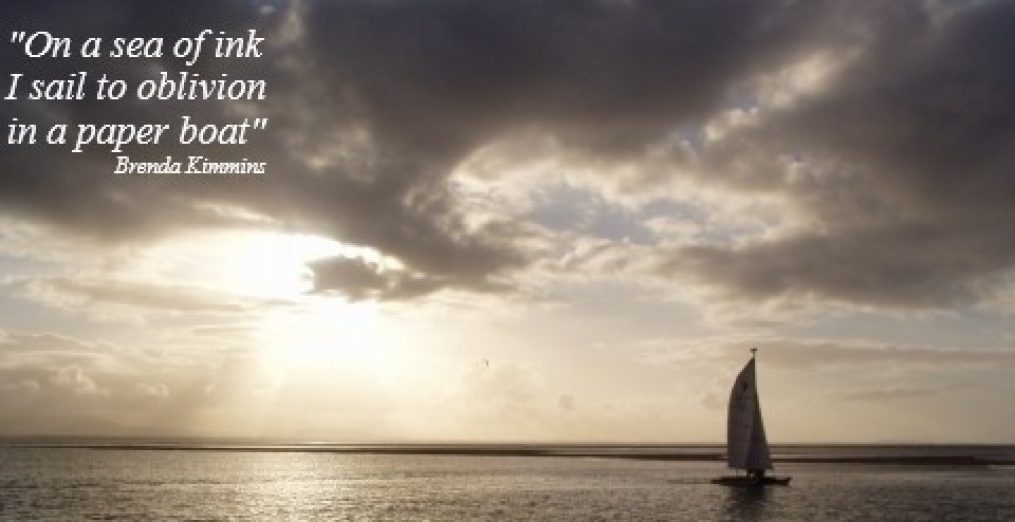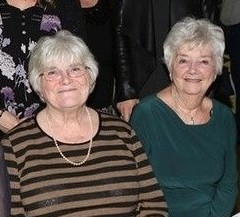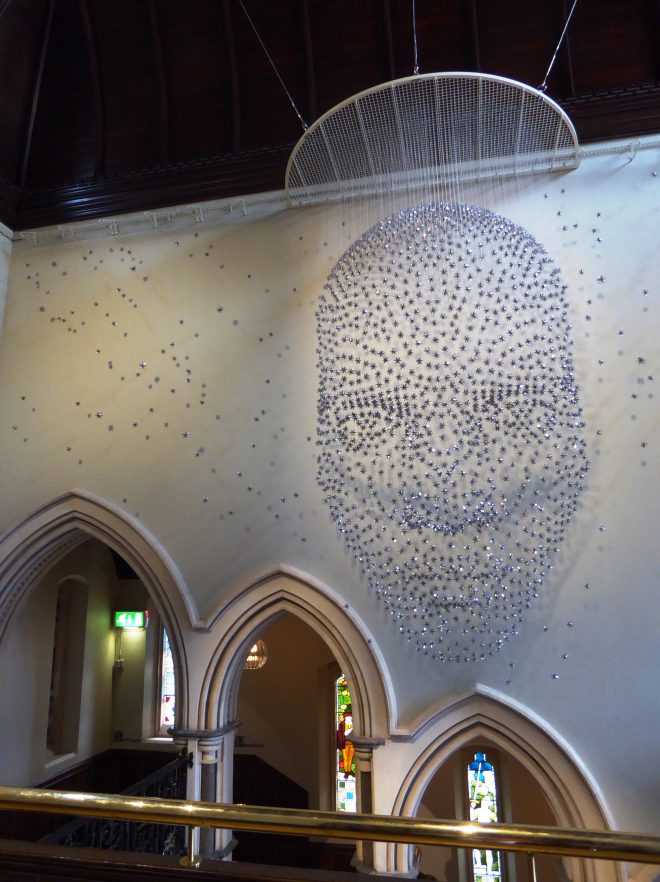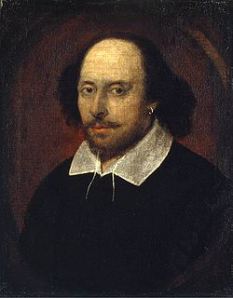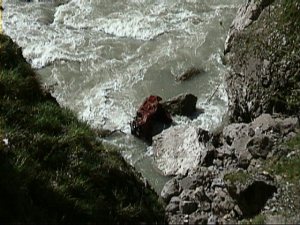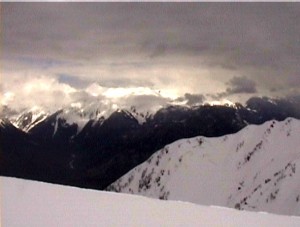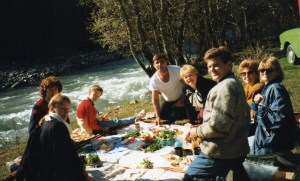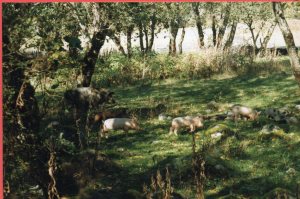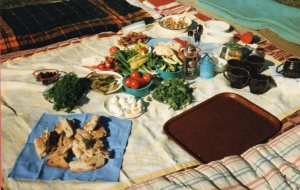
I sing in a lovely choir every Friday morning and I love it. The songs we sing are varied but there is always one that catches our mood, gets us laughing, crying or dancing, and lights up our voices. This week it was the old Frankie Valli and the 4 Seasons number, Oh What a Night! It was released in December 1975, but the words recall “late December back in ‘63”. I bet you didn’t know that the song was originally going to be about December 1933 and Prohibition? However thank goodness Valli persuaded them to change it to a song about first love in ’63. You can play the song as you read my blog by clicking on the icon on the sidebar.
Oh, what a night, late December back in ’63
What a very special time for me
As I remember what a night!
I made a passing comment that I was sweet 16 in 1963 to the amusement of some of the older choir members and horror of the younger ones. But as so often happens with music it then brought up all sorts of memories.
1963/64 was a very special year for me. I was in my final year at Stratford Grammar school for Girls learning in the most beautiful setting imaginable. I was studying English literature at ‘A level’. My main text was King Lear. I’ve mentioned before that in those days it was possible to pay 4 shillings in pre-decimal money, which is 20 pence now, and stand at the back of the theatre to watch Shakespeare’s plays. I took full advantage of this and I was there in 1962 when Paul Schofield played King Lear in what is recognised as the greatest performance of the role of all time. It left an indelible impression on me which stays with me even now. The main themes of the play have universal and timeless significance,
- Appearance versus reality
- Justice
- Compassion and reconciliation
- The natural order
Our English teacher, Miss Southall, was an inspiration too. All black hair, flowing gown and long legs, which she bared to the sun during summer term. This meant English classes were held on the lawn in the beautiful walled garden with its Dovecote, in front of the magnificent Shottery Manor which was the setting for the sixth form. The school was, and still is, just a stone’s throw from Anne Hathaway’s cottage in Shottery. It oozed history with its old oak floors, wood panelling and not so secret passages which could have been priest holes. We were convinced that there was a tunnel leading from the Manor into town but no-one ever ventured in far enough to find out because it was pitch dark.
According to school history, the oldest part of the Manor was 14th century when it was owned by Evesham Abbey. In 1402 the Bishop of Worcester granted a licence to John Harewell of Wootten Wawen for a priest to celebrate Mass in the Oratory of the Manor. This room became our sixth form study. The house stayed in the Harewell family for centuries but in 1919 the manor was bought by Mr A D Flower on behalf of the trustees of the late Edgar Flower. The Flower family were very significant to Stratford on Avon. Edward Flower started Flower’s Brewery there in 1831 and his sons, Charles and Edgar continued the business making rather a lot of money. Fortunately the Flowers had that wonderful Victorian ethic of using their money to benefit the community, (I wonder what happened to that in Britain?), and they used it to develop the Shakespeare Memorial Theatre. Charles donated the land by the River Avon and in 1875 launched a campaign to build the theatre. He also donated the money to build the theatre (about £1 million in today’s money), which opened in 1879 with a performance of Much Ado About Nothing. Charles also gave the cottages opposite so that the rents could be used to maintain the theatre.
The last members of the Flower family to live in the Manor left in 1951 and it was empty for a few years. But thank goodness Warwickshire County Council bought it and it was turned into the first Girl’s Grammar School in the area. It opened in 1958 just in time for me to arrive. I was very lucky to get in at all as I had moved from the north of England where my education record was patchy to say the least.
I started school in a converted Chemical Works by the shipyards on the River Tyne. I remember there was a huge room which was partitioned off for different age groups. My delight, and my downfall, was to peep round the partition to see what was going on in other areas. The grass is always greener etc….
I was not in infants for very long as I was what they called in those days, ‘a sickly child’. I was underweight (hard to imagine I know!), undernourished, with Rheumatic Fever and a heart condition. I eventually got back to school in the juniors but was so far behind that the teachers didn’t even try to educate me. They gave me all the little jobs to do, which was great by me!
On Monday mornings my job was to fill up all the inkwells. I went to the office to mix up black ink powder and water in a jug with a long spout. I then went from desk to desk. Each wooden desk had a hole with a ceramic pot in it. I poured the ink into the pot until it reached the rim. We used ‘dip pens’ in the juniors in those days, just a wooden handle with a metal nib on the end which you dipped in the ink then scraped on the edge to take off the excess. The youngest infants still used chalk and individual slates. I had to be very careful with the ink as washable ink was unheard of. This stuff would stain permanently!
As you can imagine this job could take all morning if necessary; however there was also free milk to give out and wafers to sell. In those days children didn’t bring fancy cool bags or plastic lunch boxes filled with snacks to school. If they were very lucky they would have a ha’penny (1/2d) to buy some wafers. These wafers were the sort you get on an ice cream ‘sandwich’. They came in big boxes and were sold 2 for 1/2d.
Many children were undernourished in those days as it was just after the war and there was still some rationing. The recently formed NHS did a wonderful job of providing supplements for children. We got little bottles of orange juice, cod liver oil by the spoonful not capsules, Virol malt extract and I got a tonic too.
I can honestly say I don’t remember learning a thing at primary school except to sing, ‘Flow Gently sweet Afton’ and to make an advent calendar out of matchboxes for Christmas. It was my inspirational, well-read and self-taught father who taught me what I needed to know: how to read, write, do maths, to identify constellations, wonder, dream, question, listen, love. He had an open mind and an open heart. It was he who convinced Miss Williams, the original head teacher of Stratford grammar School for Girls, that I was a suitable candidate for her school. I am so glad that he did. Because, since 1963, thanks to that education, I have been able to plough my own furrow.

St John’s School, Felling

Upper Sixth Shottery Manor
My Stratford Blog http://wp.me/p2gGsd-5c
So what else was on at the Shakespeare Memorial Theatre in 1963 that I watched for 4s (shillings)?
The Tempest, Julius Caesar, Comedy of Errors, Edward 1V, Henry V1, Richard 111, and the newly adapted history plays under the title of the Wars of the Roses.
In 1963 the director was Peter Hall with John Barton, designer John Bury, and music was by Guy Woolfenden
And the actors in these plays had names that have graced theatre, television and film for decades:
Paul Schofield, Vanessa Redgrave, Dorothy Tutin, John Gielgud, Peggy Ashcroft, Judy Dench, Roy Dotrice, Ian Holm (a fabulous Richard 111), David Warner ( a dreamy Henry V1), Janet Suzman, Clifford Rose, Penelope Keith, etc….
And what else was happening at home and abroad in 1963?
Major William Hicks Beach (Conservative) was MP for Cheltenham and Harold Macmillan was Prime Minister in UK until Sir Alec Douglas Hume succeeded him in October.
The Beatles released their first album, Please Please Me and rapidly rose to fame.
Britain had the worst winter since 1946/47 when I was born. The snow lasted until April.
The Great Train Robbery took place in Buckinghamshire with millions of pounds stolen.
In June 1963 the first woman to travel into Space was a Soviet Cosmonaut, Valentina Tereshkova. She orbited Earth 48 times, spending 71 hours in Space. She parachuted to earth after ejecting at 20,000 feet.
Tens of thousands of protestors came from all over the world to join the CND march from Aldermarston to London to protest about the Hydrogen Bomb which threatened world peace.
Thousands of African Americans were arrested in Birmingham, Alabama for protesting against segregation.
Martin Luther King gave his ‘I Have a Dream’ speech during a march on Washington for jobs and freedom
President John F Kennedy made a historic Civil Rights Address in which he promised a Civil Rights Bill
The first Sindy Doll was marketed by Pedigree.
In October the Rolling Stones played at the Odeon in Cheltenham. The Beatles played there on 1st November.
Pope Paul VI succeeds Pope John XXIII as the 262nd Pope.
The second James Bond Film ‘From Russia with Love’ opened in London.
22nd November 1963 was a terrible day. Not only did authors CS Lewis and Aldous Huxley die, but President John F Kennedy was assassinated in Dallas. Lyndon B Johnson was sworn in as president.
The first episode of Dr Who was aired on television in November 1963. During the 60s the series was in black and white.

 portance of appreciating, conserving and sustaining the natural world, caring for others and sharing what we have. Wouldn’t the world be a much happier place if we lived according to this simple message!
portance of appreciating, conserving and sustaining the natural world, caring for others and sharing what we have. Wouldn’t the world be a much happier place if we lived according to this simple message!